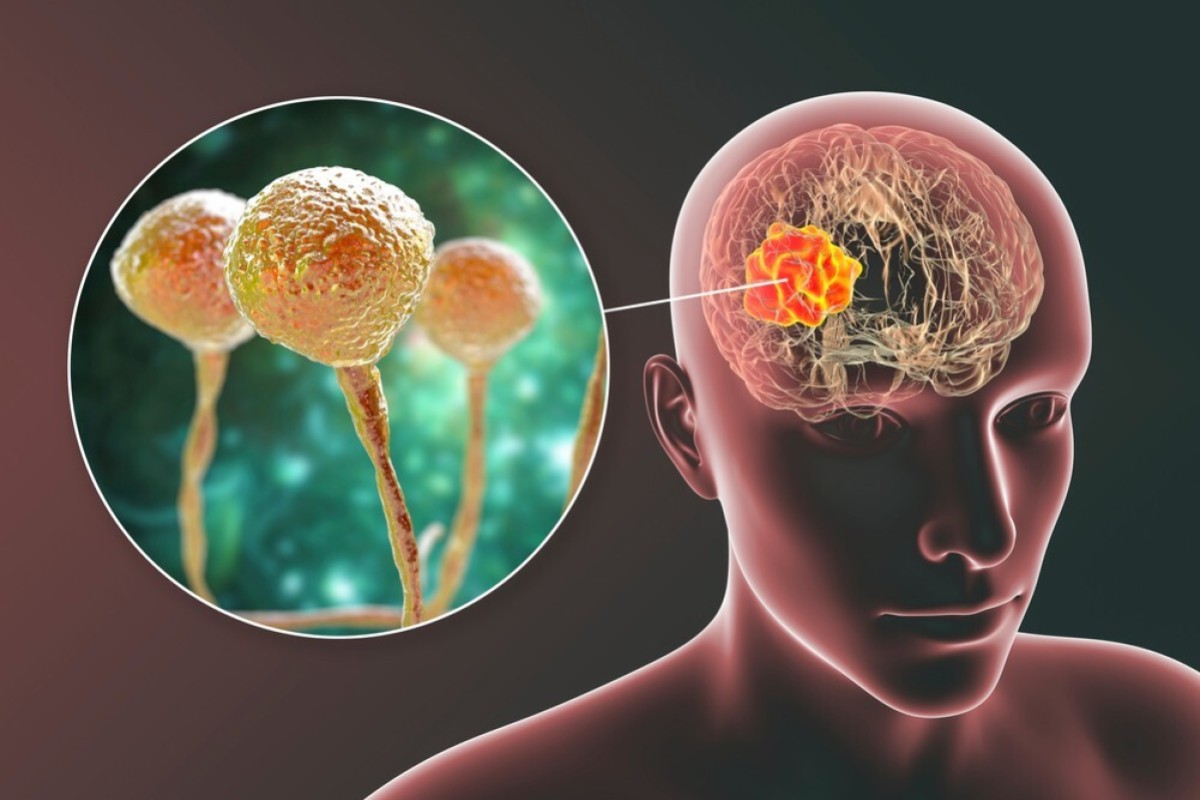
What is Black Fungus, and why is it making India’s Covid-19 situation even worse?
- Adding to the shortage of hospital beds due to the coronavirus is mucormycosis, a highly aggressive disease
- Doctors believe the use of steroids may be behind the increase in cases
 The fungus spores can get into the human body by being breathed in, or through breaks in the skin
The fungus spores can get into the human body by being breathed in, or through breaks in the skinJust when we thought that Covid-19 could bring no more surprise misery, the Black Fungus has appeared.
Its real name is mucormycosis, and it’s a little horror show all on its own, but now it’s joining forces with Covid to double down on India’s pain.
Doctors believe that the use of steroids to treat Covid is behind the increase in cases as those kinds of drugs lower immunity and boost the patient’s levels of blood sugar.
What’s so bad about it?
Thousands of people in India have developed this disease in recent weeks, so it is highly infectious.
Young people in India are doing what they can to help fight the Covid-19 crisis
It causes a blackening over the nose before it affects patients’ vision, causing it to blur or double, they suffer breathing difficulties, chest pains and cough up blood.
It’s also highly aggressive, progressing around the victim’s body so quickly that doctors have to use drastic measures in the hopes of stopping it. Sometimes they have to remove patients’ eyes, nose and upper jaw, just to stop it reaching the brain.
Its death rate is more than 50 per cent.
How widespread is it?
Usually, India only sees about 20 cases a year. There are no figures to reveal how many people have died of it recently, but Rajasthan reported an epidemic, and so have Gujarat and Telangana states, just a day later. Maharashtra state has reported more than 2,000 cases. Gujarat, home state of Prime Minister Narendra Modi, has about 1,200, officials said.
Here’s how to fix relationships damaged by Covid-19
And while there are at least 200 cases in hospital in New Delhi, that’s no reflection of real numbers because of the severe shortage of bed space.
The government has asked for teams of surgeons who can rebuild people’s faces to be gathered, along with ear, nose and throat (ENT) specialists.
Antifungal drugs are now in short supply, and relatives of those affected have turned to social media to beg for help.
Things are so bad that an IT hub in Bangalore opened hospital wards on Wednesday and now those wards are full too.
How are people getting it?
So, the Black Fungus is caused by organisms called mucormycetes. They usually hang around in soil and rotting organic matter, like compost heaps, equipment that has not been properly cleaned, and so on.
The spores can get into the human body by being breathed in, or through breaks in the person’s skin.
Once inside, they take hold in air pockets in the face, like the sinuses, between the eyes, and around the teeth.
Some doctors have blamed unhygienic conditions at some hospitals, especially when putting patients on to oxygen.
Others say it is the use of steroids that has allowed it to flourish.
Wait, what’s a steroid?
Simply put, a steroid is a man-made hormone. They are used as medicine designed to act just like our natural hormones, to message the body to perform a task to help us cope with a disease.
There are two kinds of steroids, corticosteroids and anabolic steroids. The latter are used by body-builders and athletes to make their muscles grow, or to improve their performance.